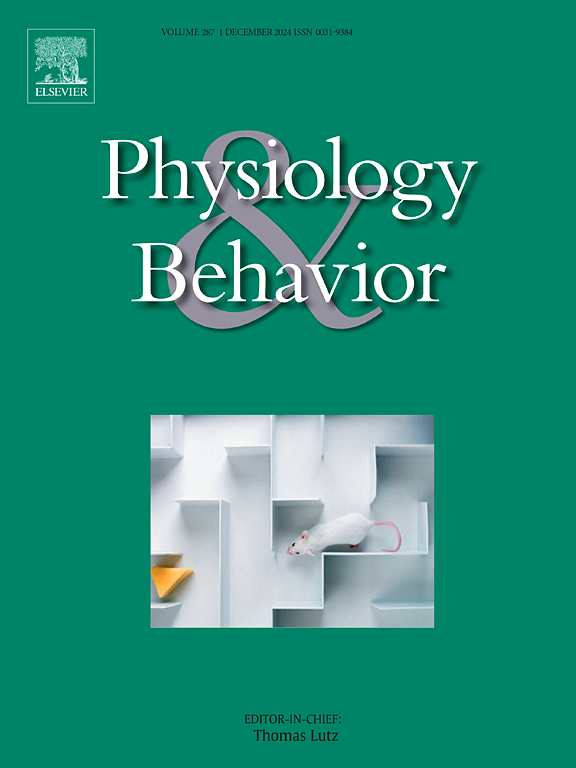Factors associated with cardio-metabolic diseases and perception of current health status: An analysis of NHANES 2017–2018
IF 2.5
3区 医学
Q2 BEHAVIORAL SCIENCES
引用次数: 0
Abstract
Background
We analyzed how exposure to multiple risk factors relates to the risk of cardio-metabolic disease and perceived current health status (CHS).
Methods
This cross-sectional study was based on 8897 participants of the National Health and Nutritional Examination Survey (NHANES) (2017–2018). Multivariate-adjusted logistic regression models were applied to assess the associations between single and joint exposures with the outcomes. Bayesian Kernel Machine Regression (BKMR) and Weighted Quantile Sum (WQS) models were further implemented to predict individual and cumulative effects of the exposures.
Results
Participants with a sleep disorder (OR = 2.43; 95 %CI: 2.08- 2.85; P < 0.01) and depression (OR = 2.91; 95 %CI: 2.51- 3.39; P < 0.01) had an increased risk of cardiovascular disease (CVD). Similarly, sleep disorder (OR = 0.45; 95 %CI: 0.39- 0.53; P < 0.01), depression (OR = 0.29; 95 %CI: 025- 0.34; P < 0.01), drug use (OR = 0.65; 95 %CI: 0.54- 0.78; P < 0.01), and poor diet behavior (OR = 0.23; 95 %CI: 0.20- 0.27; P < 0.01) were associated with reduced odds of perceived good CHS. High cholesterol levels increased the risk of CVD (OR = 1.73; 95 %CI: 1.51- 1.98; P < 0.01) and diabetes (OR = 2.39; 95 %CI: 2.06- 2.78; P < 0.01). A high multi-exposure risk score was associated with increased risk of CVD (OR = 6.01; 95 %CI: 1.16- 36.33; P = 0.04), and significantly lower odds of reporting good CHS (OR = 0.06; 95 %CI: 0.01- 0.23; P < 0.01). WQS models further indicated that overall exposure increased the risk of CVD (OR = 18.02; 95 %C: 13.14- 24.71; P < 0.01) and diabetes (OR = 1.55, 95 %CI: 1.02- 2.35; P = 0.04), while it was associated with decreased odds of perceived CHS (OR = 0.12; 95 %C: 0.09- 0.16; P < 0.01).
Conclusion
A high multi-exposure risk score increased the risk of cardio-metabolic diseases and reduced the odds of perceived good CHS. Interventions targeting multiple risk factors in one may maximize efficiency and benefits for overall health and well-being.
与心脏代谢疾病和当前健康状况感知相关的因素:NHANES 2017- 2018的分析
背景:我们分析了暴露于多种危险因素与心脏代谢疾病风险和感知当前健康状况(CHS)之间的关系。方法:本横断面研究基于2017-2018年国家健康与营养检查调查(NHANES)的8,897名参与者。应用多变量调整逻辑回归模型来评估单次和联合暴露与结果之间的关系。贝叶斯核机回归(BKMR)和加权分位数和(WQS)模型进一步预测暴露的个体和累积效应。结果:有睡眠障碍的参与者(OR=2.43; 95%CI: 2.08- 2.85; p)结论:高多重暴露风险评分增加了心脏代谢疾病的风险,降低了感知良好CHS的几率。针对多种风险因素的干预措施可以最大限度地提高效率,并为整体健康和福祉带来益处。
本文章由计算机程序翻译,如有差异,请以英文原文为准。
求助全文
约1分钟内获得全文
求助全文
来源期刊

Physiology & Behavior
医学-行为科学
CiteScore
5.70
自引率
3.40%
发文量
274
审稿时长
47 days
期刊介绍:
Physiology & Behavior is aimed at the causal physiological mechanisms of behavior and its modulation by environmental factors. The journal invites original reports in the broad area of behavioral and cognitive neuroscience, in which at least one variable is physiological and the primary emphasis and theoretical context are behavioral. The range of subjects includes behavioral neuroendocrinology, psychoneuroimmunology, learning and memory, ingestion, social behavior, and studies related to the mechanisms of psychopathology. Contemporary reviews and theoretical articles are welcomed and the Editors invite such proposals from interested authors.
 求助内容:
求助内容: 应助结果提醒方式:
应助结果提醒方式:


